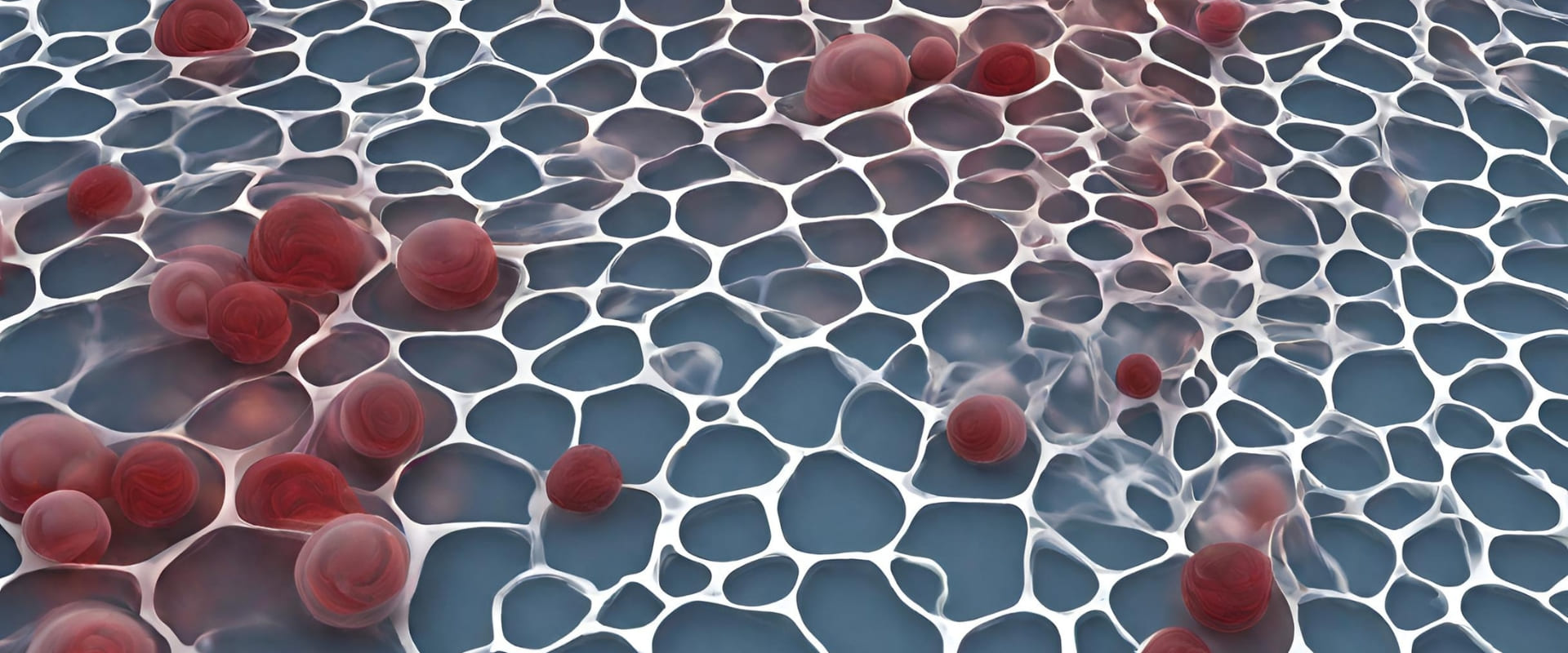
Mimicking Life: The Evolution of Biomimetic Membranes
Biomimetic Membranes, inspired by natural cell membranes, replicate their selective permeability for enhanced functionality. Using phospholipids and synthetic polymers, these membranes integrate proteins and nanoparticles.
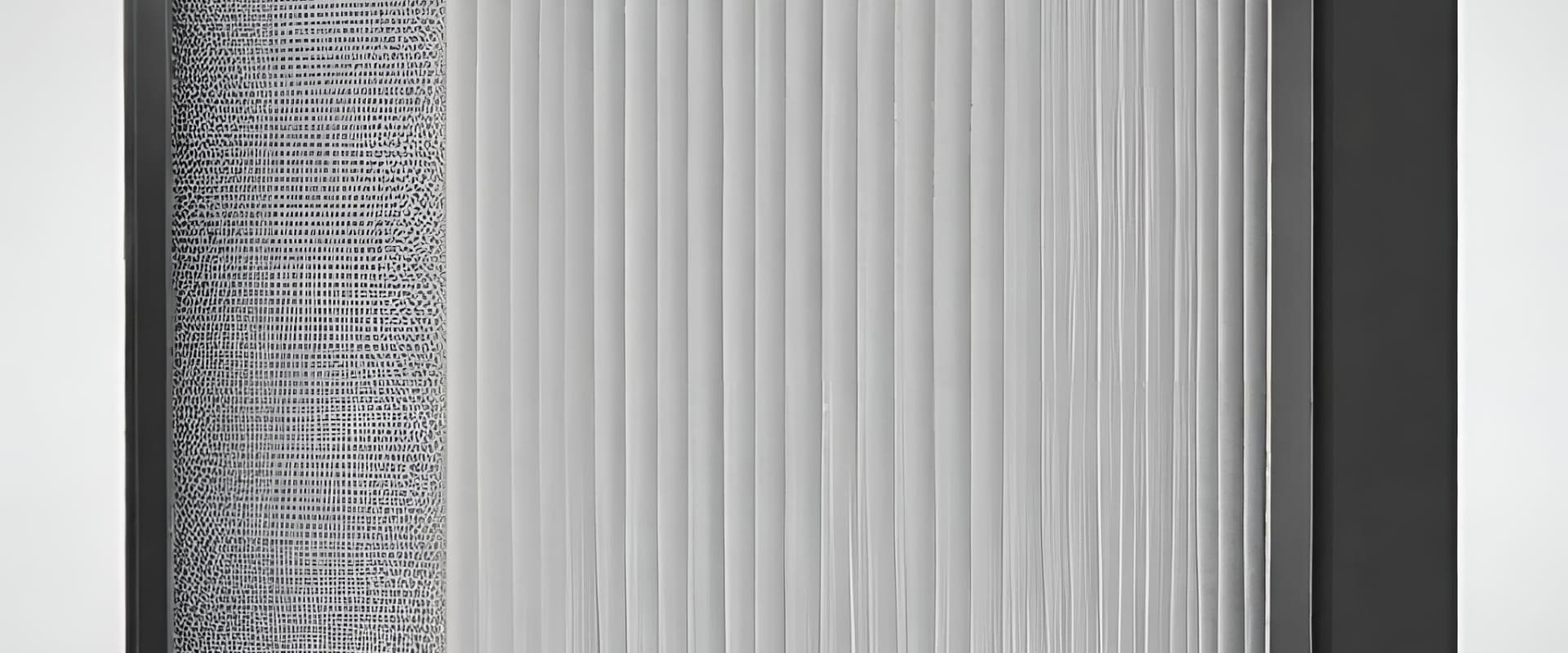
Challenges Arising During the Efficiency
Air Filter Efficiency Tests ensure optimal performance, compliance, and occupant health while enhancing energy efficiency and equipment protection, fostering customer confidence with reliable performance data.
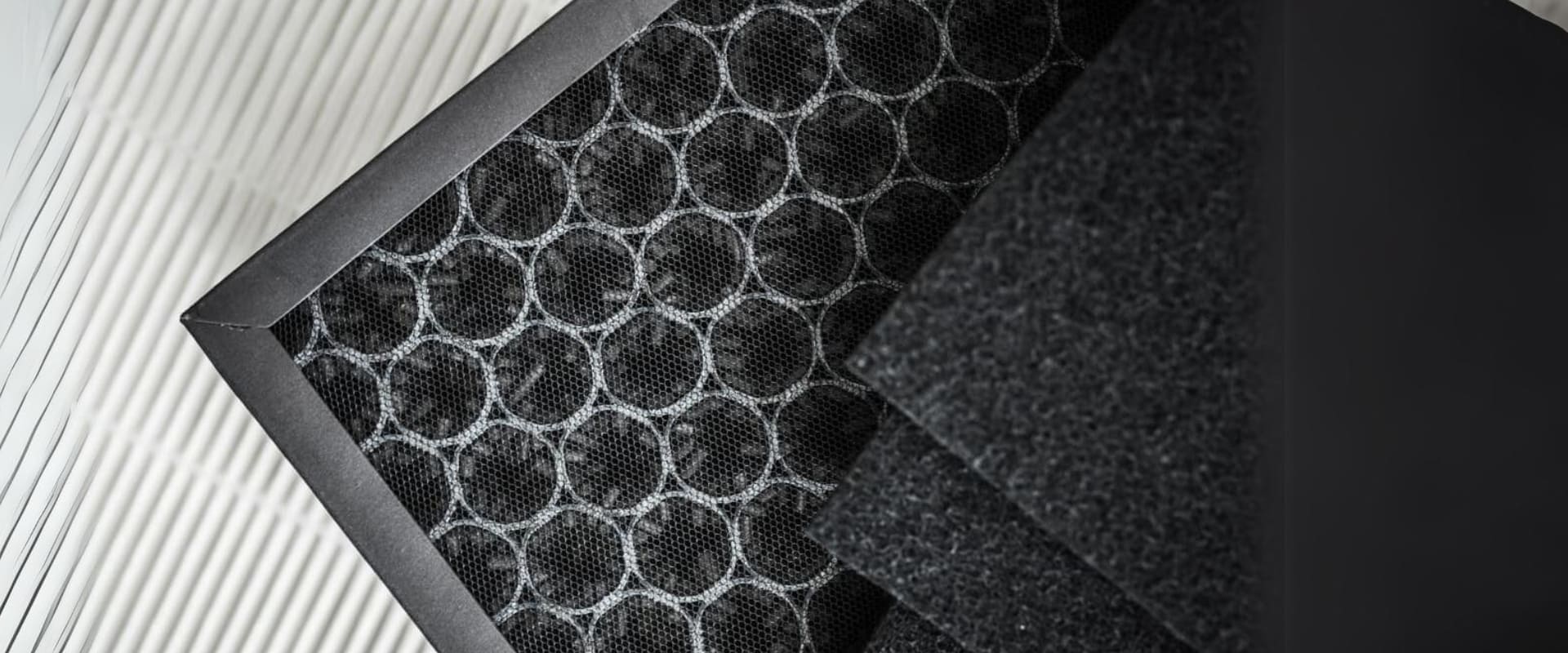
Activated carbon air filtration
The key component, activated carbon, undergoes a treatment process to enhance its porosity and surface area. As polluted air passes through the filter, odors and particles are captured and retained on the exterior of the activated carbon material. The porous structure of activated carbon acts as a molecular magnet, attracting and holding onto various contaminants, including bad odors and volatile organic compounds (VOCs). This thorough removal of pollutants results in cleaner and fresher indoor air, emphasizing the significant contribution of activated carbon to improved air quality.
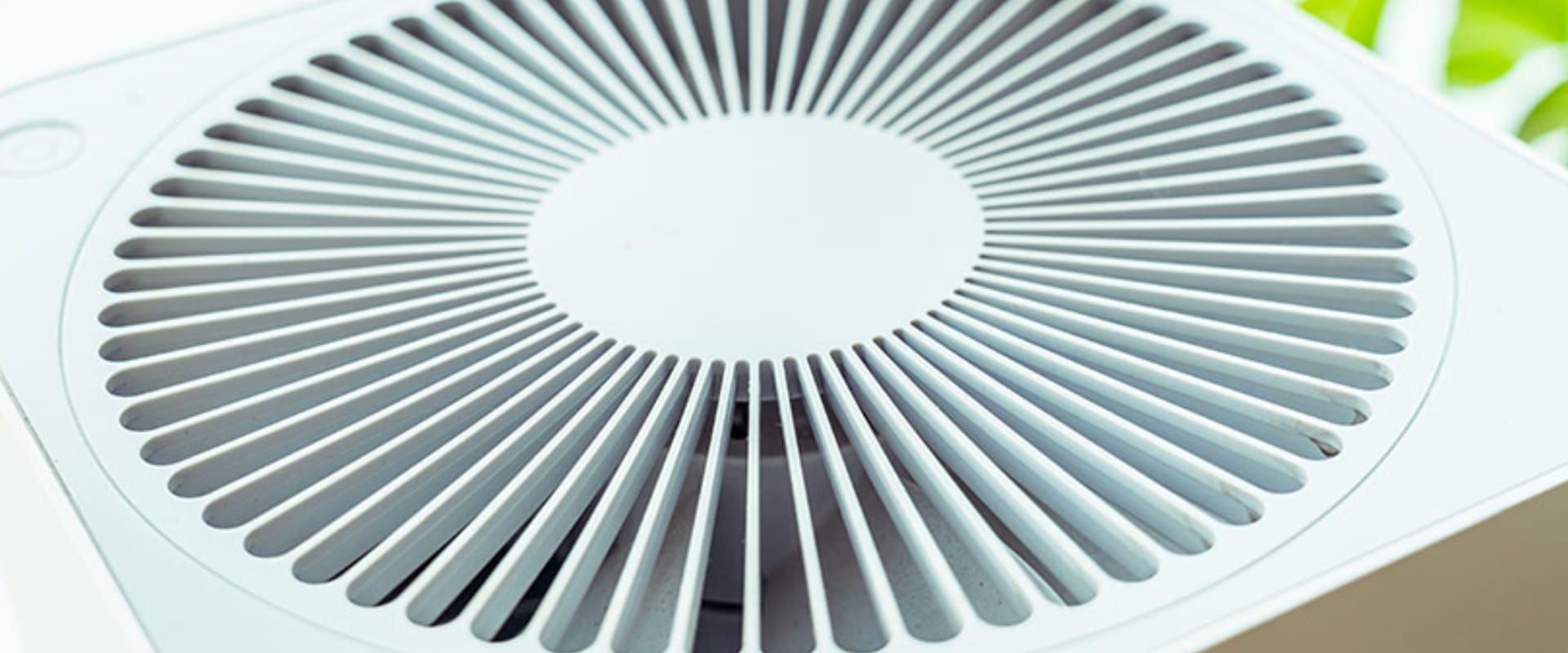
Air filtration by nanofilters
Emphasizing high collection efficiency and low-pressure drop, it discusses the key role of fiber diameter in capturing particles, especially sub-micrometric ones. Advances in fiber technology drive the evolution of higher performance filters. The importance of maintaining a low-pressure drop for energy efficiency is highlighted, emphasizing the need for a balance between superior filtration performance and operational efficiency in indoor air cleaning systems.

Aircraft cabin filtration
This content highlights the crucial role of the Environmental Control System (ECS) in modern aircraft, prioritizing passenger and crew well-being. Operating as an airborne life support system, the ECS regulates cabin temperature and pressure, ensuring comfort and countering physiological impacts of high altitudes. It also maintains high air quality through filtration, addressing potential health risks. Additionally, the ECS swiftly eliminates unpleasant odors or contaminants, contributing to a safer and more comfortable air travel experience.
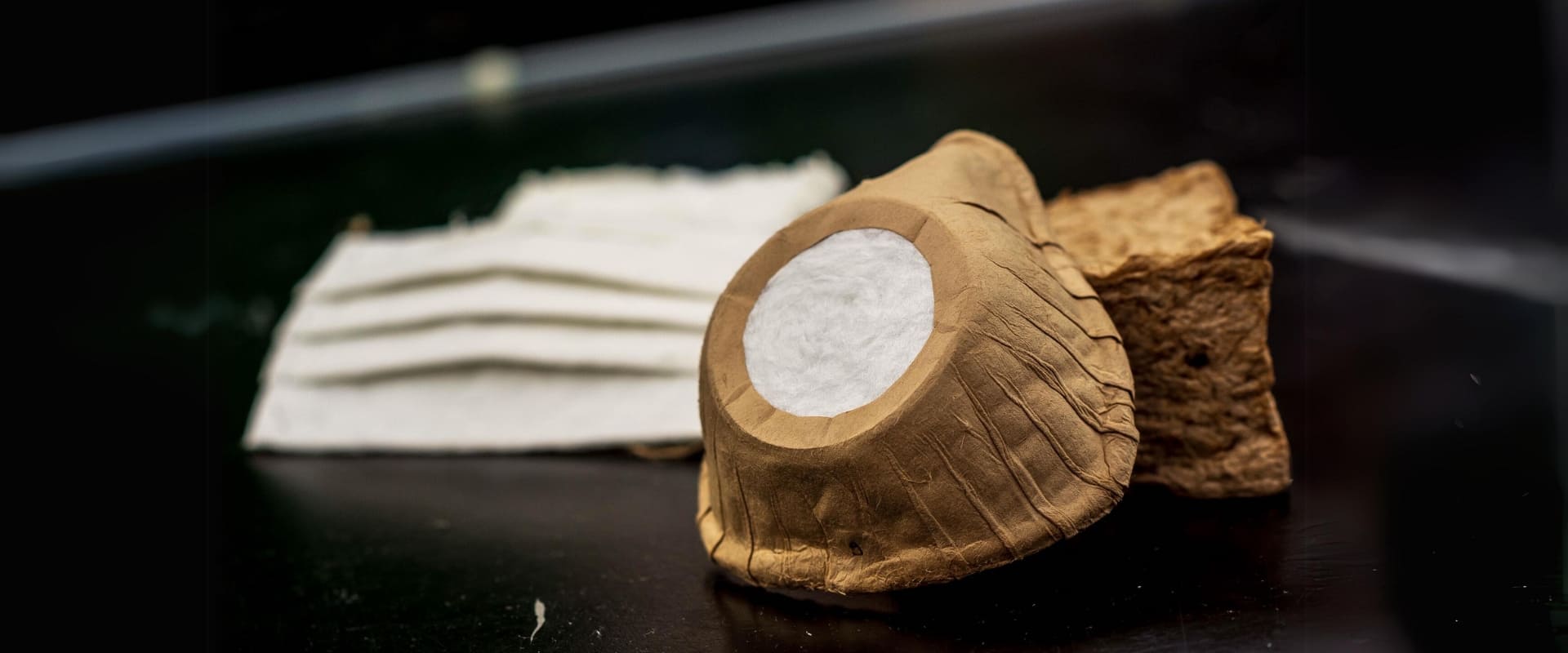
Biodegradable face masks
The dual challenge of meeting public health needs during the Covid pandemic and minimizing the environmental impact of disposable face masks. While electrostatic and nano-sieve technologies effectively protect against airborne particles, their non-degradable nature raises waste management concerns. Electrostatic filters also face performance issues in high humidity. The need for sustainable solutions is highlighted, advocating for biodegradable and recyclable mask filters.
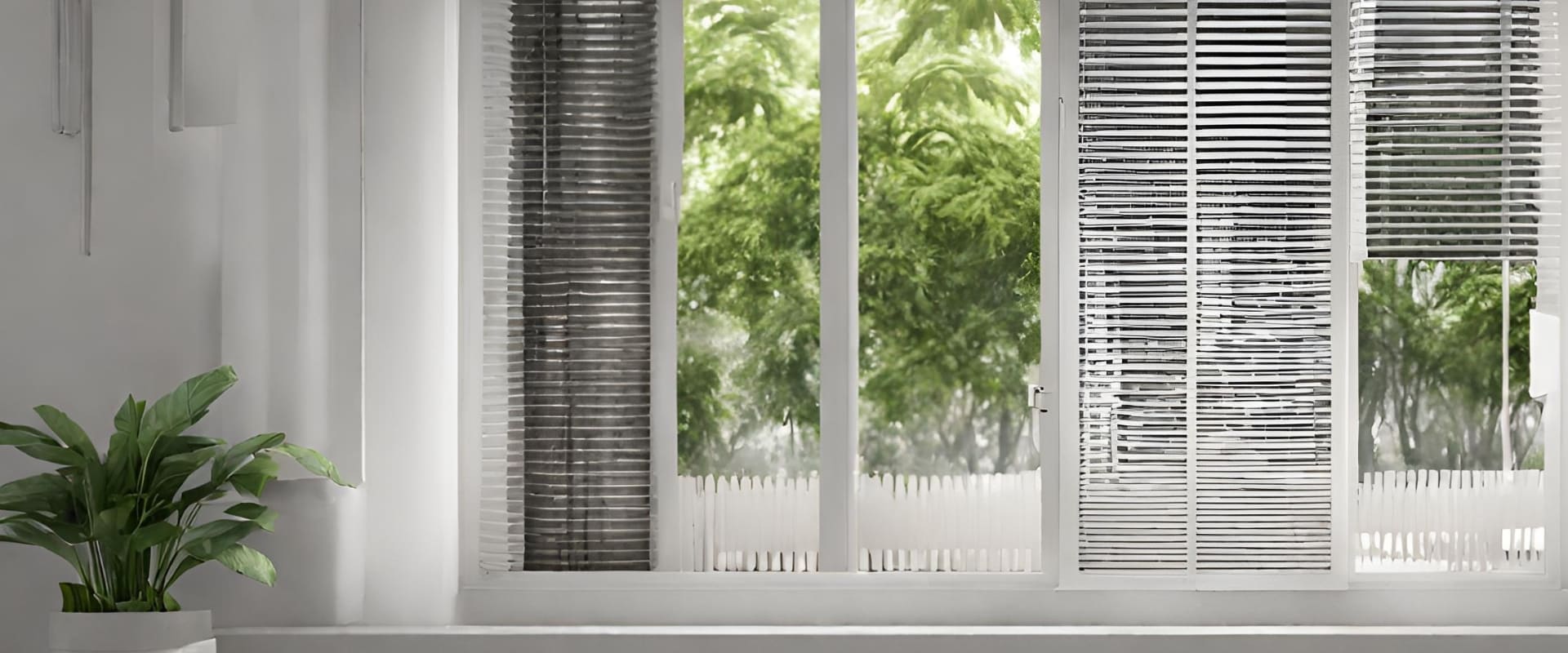
HEPA for indoor air purification
HEPA Filters are indispensable in managing indoor air quality, efficiently capturing particles as small as 0.3 micrometers. Their fine fiber network traps common allergens and health-risk pollutants, fostering a cleaner and healthier indoor environment. Vital in spaces with high airborne contaminants, HEPA Filters play a pivotal role in promoting respiratory health and overall well-being.
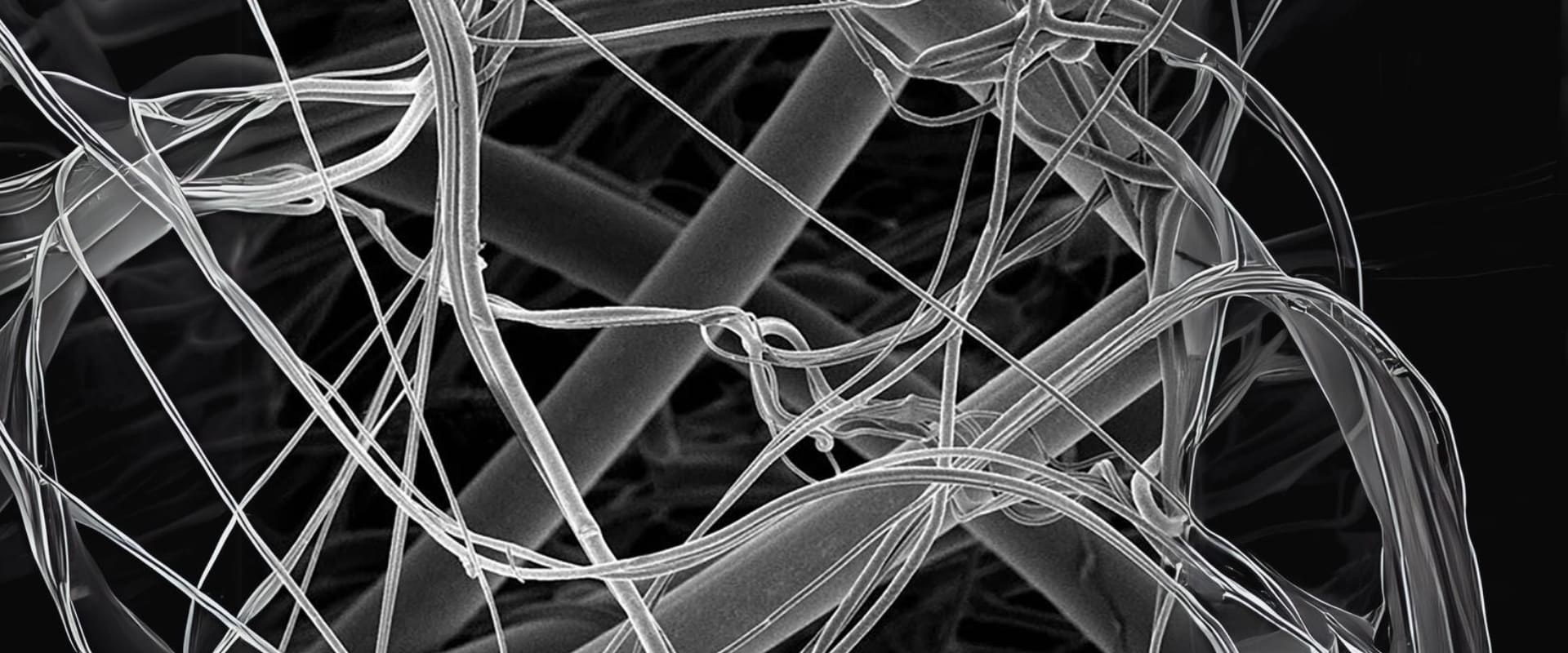
Nanofibrous membrane
The severe health impacts of air pollution and the unique role of fibrous filters in combating sub-micrometer particles. While non-woven materials excel with larger particles, the intricately designed structure of fibrous filters efficiently captures and retains smaller particles, addressing respiratory and cardiovascular complications. These versatile filters contribute significantly to improving indoor air quality across various settings

Nanocomposite Filters in Indoor Air Quality Management
Nanocomposites in air filtration enhance IAQ, ensuring safety from pollutants. Advanced nanocomposites in filters prove effective for IAQ in homes and buildings.



